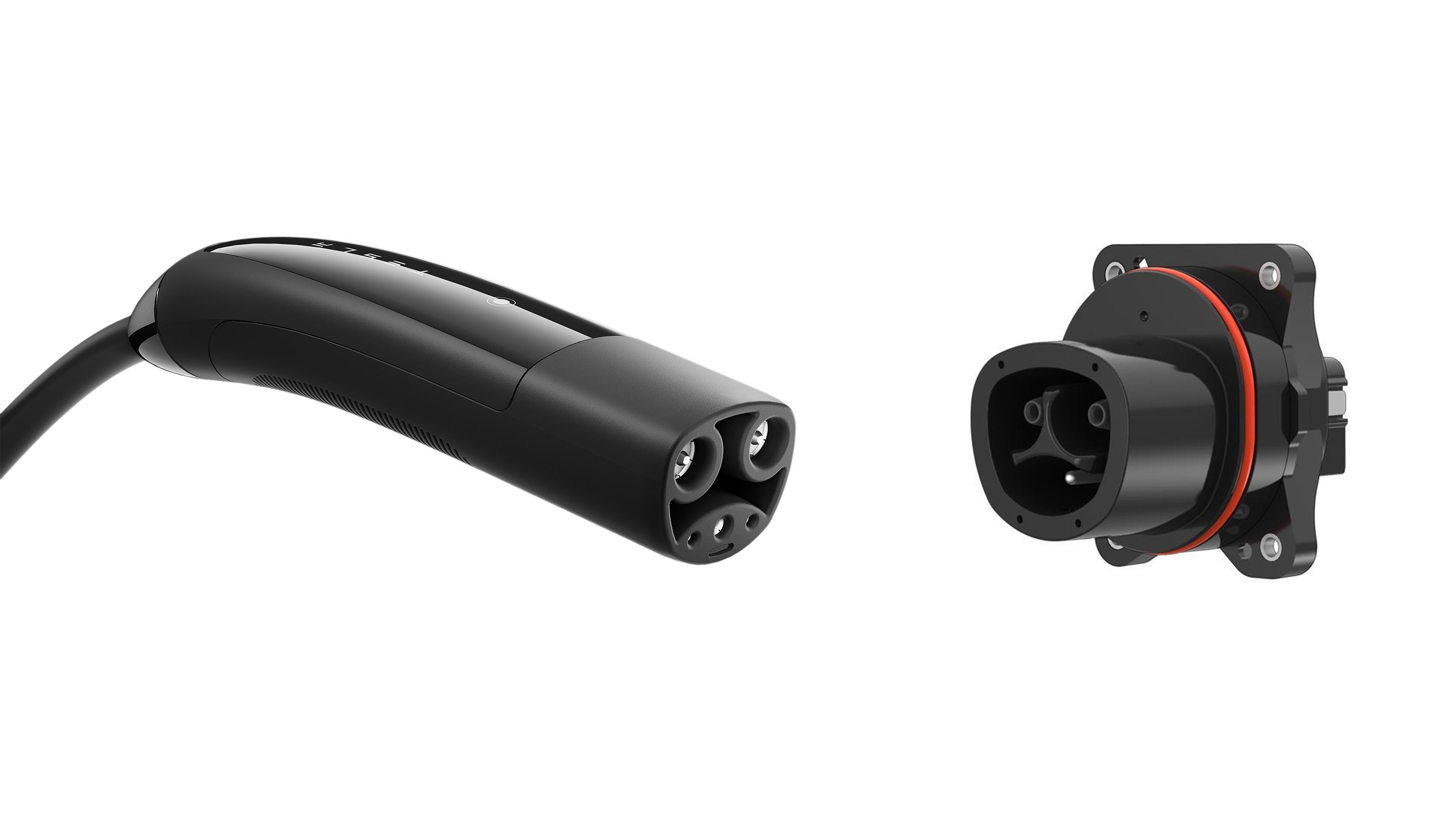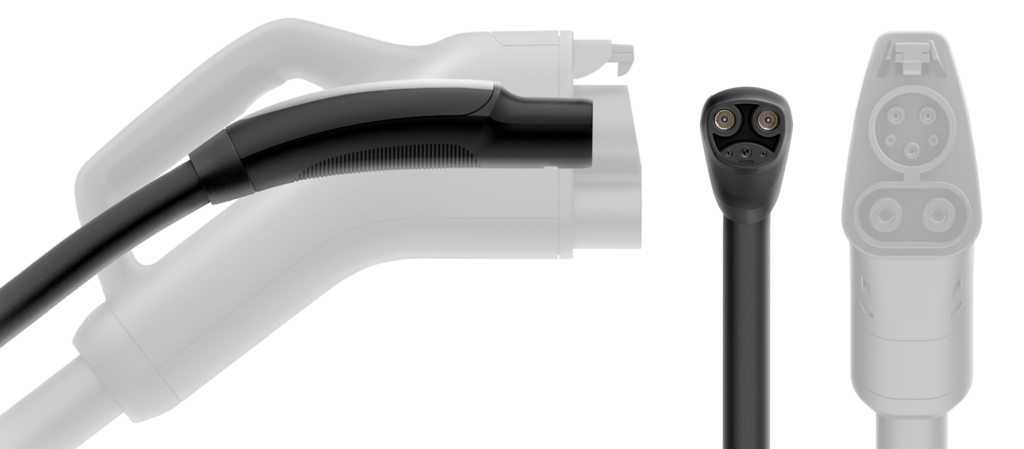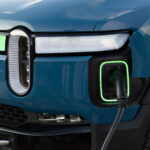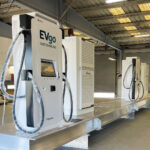A new report released by SAE International is bringing us one step closer to seeing the SAE J3400 NACS charging standard finally hit the market. On December 19th, SAE International announced the release of the SAE J3400 North American Charging Standard (NACS) Electric Vehicle Coupler Technical Information Report (TIR), which is a major step in standardizing the Tesla-developed EV charging connector.
The TIR was developed through broad-based industry consensus in the SAE Hybrid-EV J3400 NACS Electric Vehicle Coupler Task Force in just about six months, after SAE announced that it would standardize the Tesla-developed NACS connector “on an expedited timeframe“.
The SAE J3400 NACS standard for both AC and DC charging will help ensure that any supplier or manufacturer can use, manufacture, or deploy the J3400 connector for EVs and charging stations across North America.
While the standard was originally developed and used by Tesla, most EV manufacturers have already signed up for the switch from CCS1 (SAE J1772 Combo) and SAE J1772 (AC charging) to NACS since Tesla announced the opening of the standard in December 2022. The list of OEMs already onboard includes Ford, General Motors, Rivian, Volvo, Polestar, Mercedes-Benz, Nissan, Fisker, Honda (with Acura), Jaguar, Hyundai, Kia, Genesis, BMW Group (BMW, MINI, and Rolls-Royce), Toyota (with Lexus), Subaru, and most recently the Volkswagen Group (Volkswagen, Audi, Porsche, and Scout).
It will be released once the work on the new SAE J3400 NACS standard is completed, which is expected to happen in the fall of 2024.
Late 2024 and early 2025 are also when most OEMs plan to launch their first electric models equipped with the NACS charging port to achieve native compatibility with the Tesla Supercharging network. Next year should also bring us the first deployment of the third-party’s NACS-compatible DC fast chargers.
Later this decade, the SAE J3400 NACS will start to gradually overshadow and replace the CCS1 and SAE J1772 charging standards, although it might take a long time until the older solutions disappear entirely from the market.
Gabe Klein, executive director of the Joint Office of Energy and Transportation, said:
“As the Joint Office supports the buildout of a convenient and reliable national charging network, open and interoperable standards are crucial to ensuring that every EV can charge at any station. We appreciate the commitment and knowledge of SAE and its experts from the automotive, EV charging, academic, and government sectors to make the charging experience easier and more accessible for Americans nationwide.”
Dr. Rodney McGee, Ph.D., P.E., chairman of the SAE J3400TM NACS Task Force, and Research Engineer at the Transportation Electrification Center at the University of Delaware, stated:
“SAE J3400TM provides a blueprint for cost-effective mass electrification of transportation in North America. It facilitates broad interoperability for EV charging solutions by providing a unified, compact connector for both AC and DC charging. It is compatible with bring your own cord solutions that make J3400 an optimal approach for AC power transfer for street charging, parking garages/lots, and multi-unit or mixed-use buildings.”
Christian Thiele, director of global ground vehicle standards at SAE International, said:
“The J3400TM task force represents government and industry collaboration at its best: working tirelessly to complete this milestone in reliability for EV drivers in six months,”.









0 Comments